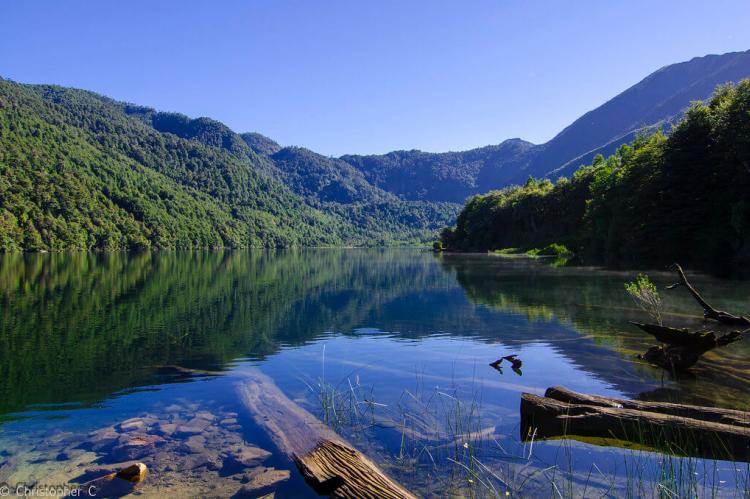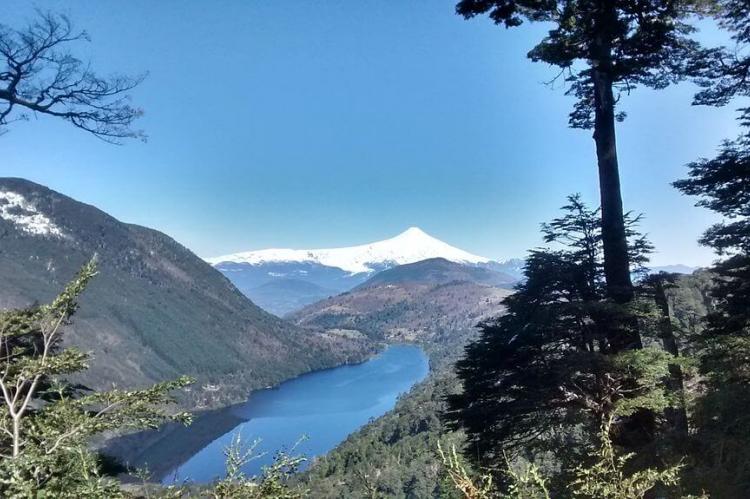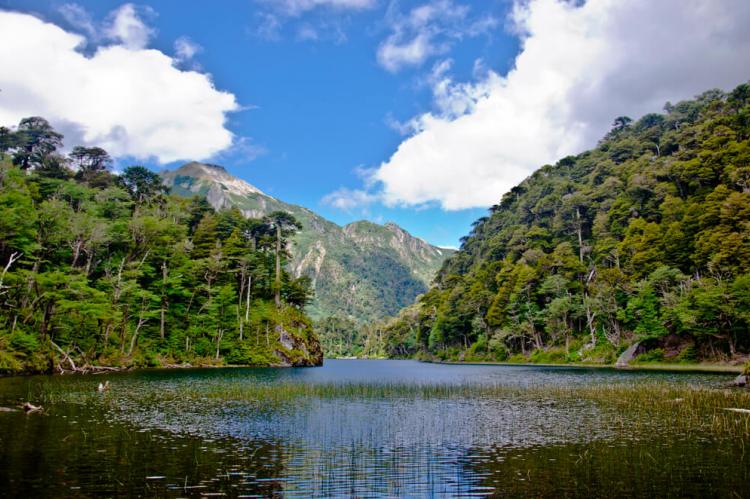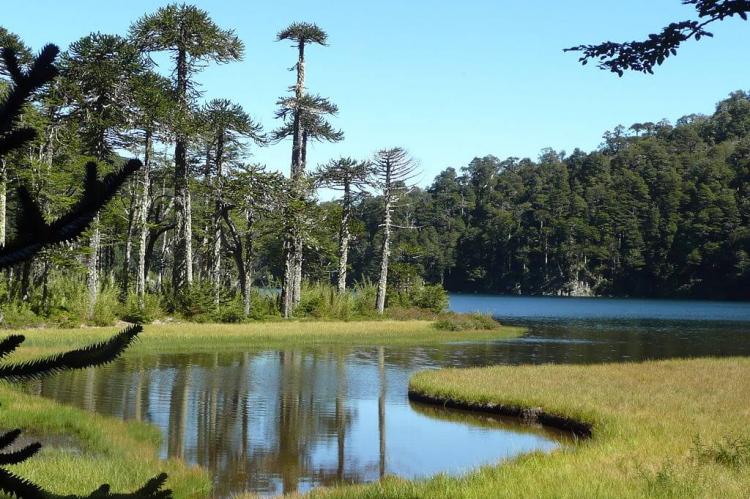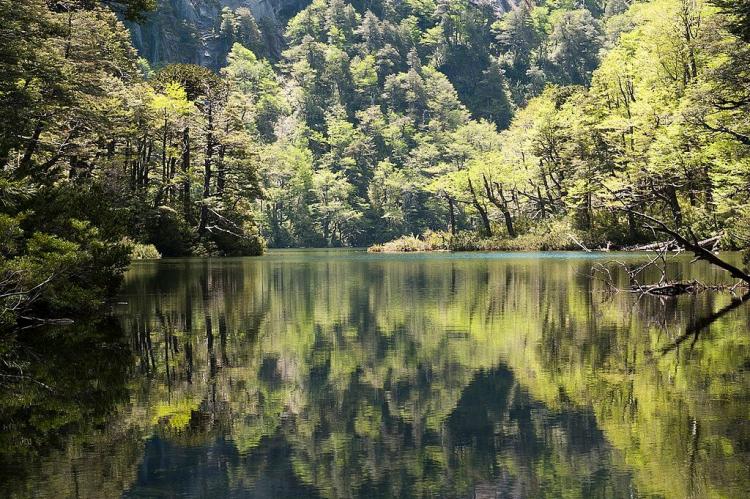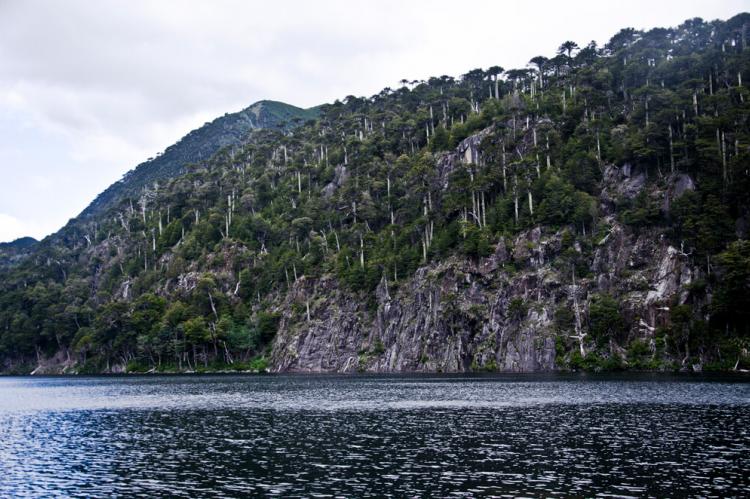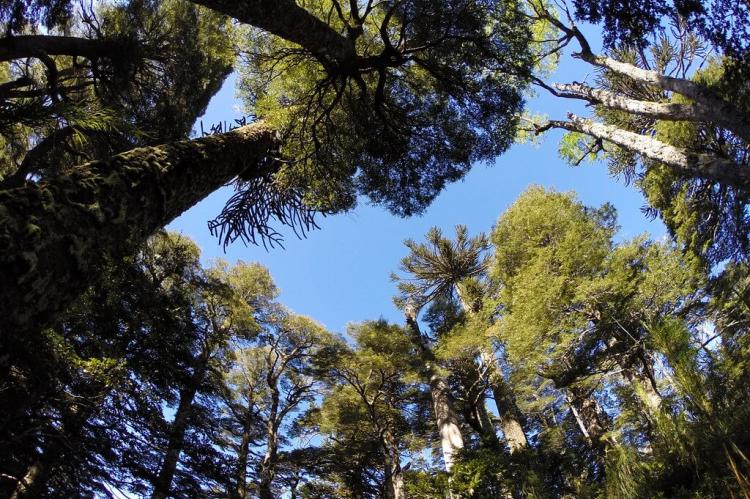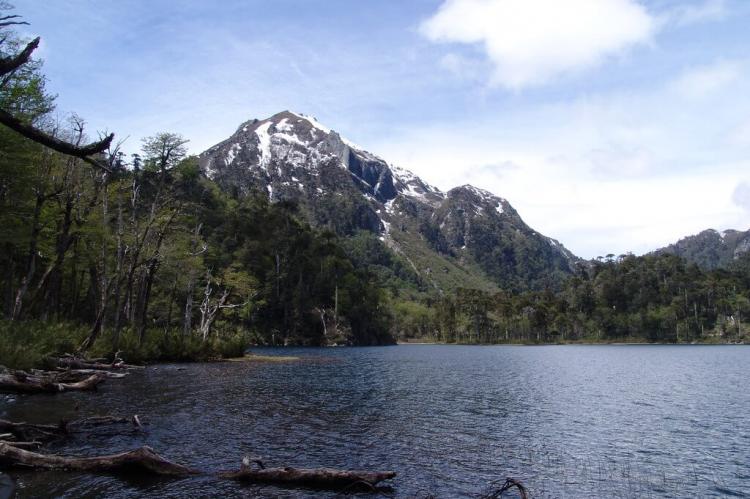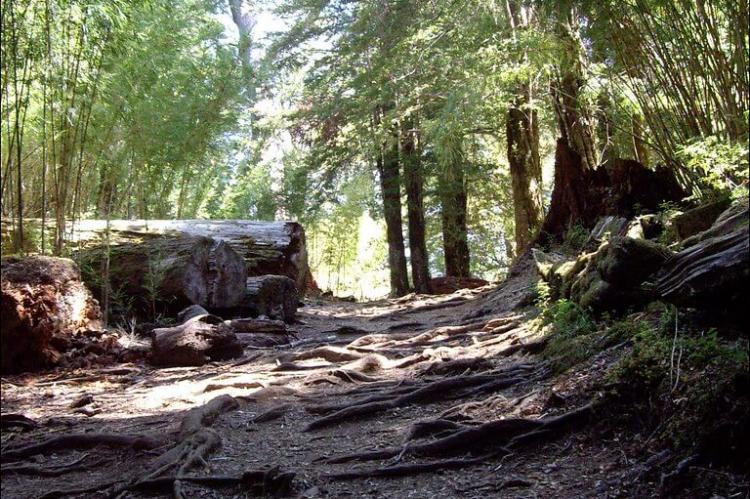Huerquehue National Park: A Verdant Oasis in Chile's Andean Foothills
Nestled in the lush, mountainous terrain of Chile's La Araucanía region, Huerquehue National Park's forests, clear lakes, and rushing streams converge to display nature's majesty. This protected area beckons adventurers and nature enthusiasts to immerse themselves in its pristine landscapes.
A Trek Through Time: Huerquehue National Park's Ancient Forests and Pristine Lakes
Nestled in the lush, mountainous terrain of Chile's La Araucanía region, Huerquehue National Park stands as a verdant oasis, where ancient Araucaria forests, crystal-clear lakes, and rushing streams converge in a breathtaking display of nature's majesty. This protected area, established in 1967 but tracing its origins back to 1912, beckons adventurers and nature enthusiasts alike to immerse themselves in its pristine landscapes and discover the rich tapestry of biodiversity that thrives within its boundaries.
A Tapestry of Landscapes
From Towering Peaks to Serene Lakes
Encompassing an expansive 12,500 hectares (30,800 acres) of mountainous terrain, Huerquehue National Park boasts an elevation range of 720 to 2,000 meters (2,300 to 6,500 feet) above sea level. With its rolling hills and winding streams, this dramatic topography cradles numerous lakes and lagoons, each a shimmering jewel reflecting the grandeur.
One of the park's most iconic features is the ancient Araucaria (Araucaria araucana) forests, which provide a majestic backdrop to the crystal-clear waters that dot the landscape, including the picturesque Tinquilco Lake in the lower portion of the protected area.
A Hydrological Wonderland
Rivers, Lakes, and Streams
Huerquehue National Park is a true hydrological wonderland, with approximately 20 bodies of water in the Toltén River basin. These diverse aquatic ecosystems range from exorheic (open and closed) lakes to lentic (still waters) and lotic (flowing streams), each contributing to the park's overall ecological richness.
Among the most significant waterways are the Renahue Blanco and Quinchol rivers, which wind their way through the park's landscapes. They are accompanied by several permanent minor streams that add to the area's serene ambiance.
A Climatic Tapestry
Seasons of Contrast
The park's climate is characterized by two distinct seasons: a warm summer with less than four dry months and a cold, icy winter influenced by the high altitude. From May to September, the wettest months bring an annual rainfall of approximately 2,045 millimeters (80 inches), nourishing the lush vegetation and replenishing the park's water bodies.
Biodiversity Hotspot
Flora and Fauna of the Valdivian Temperate Forests
Huerquehue National Park occupies a portion of the Valdivian temperate forests ecoregion, specifically the Andean Patagonian forest region. This unique ecosystem is further categorized into subregions, including the High-Andean deciduous forests dominated by the iconic Chilean pine (Araucaria araucana), the Monkey puzzle tree, and the mixed Andean deciduous forests.
This diverse plant life provides habitat for a rich array of fauna, including several protected species such as the elusive kodkod or güiña (Leopardus guigna), an endangered feline; the pudú, the world's smallest deer species (Vulnerable); the rare Geoxus or long-clawed mole mouse (Geoxus valdivianus); and the culpeo or Andean fox (Lycalopex culpaeus), a species similar to the red fox and the second-largest canid on the continent (Least Concern).
The park's avian inhabitants are equally diverse and include the endangered peregrine falcon, the vulnerable Chilean pigeon and Magellanic woodpecker, the majestic condor, the graceful black-necked swan, and the vibrant slender-billed parakeet or choroy parakeet.
A Trekker's Paradise
Exploring Huerquehue's Hiking Trails
For those seeking an immersive adventure, Huerquehue National Park offers a network of hiking trails that wind through its diverse landscapes. From the 10-kilometer (6.2-mile) Los Lagos Huerquehue trail to the challenging 14-kilometer (8.7-mile) San Sebastian route, trekkers can choose their desired difficulty level and immerse themselves in the park's natural splendor.
Other popular trails include the 8-kilometer (5-mile) Quinchol hike, the shorter 4-kilometer (2.5-mile) Ñirrico and Aquila and Truful Waterfall trails, offering a glimpse into the park's diverse ecosystems and breathtaking vistas.
Conclusion:
Huerquehue National Park is a true gem, where ancient forests, crystal-clear lakes, and rushing rivers converge to create a natural masterpiece. Whether seeking to explore its diverse ecosystems, discover its rich biodiversity, or embark on an invigorating trek, this Andean oasis promises an unforgettable experience. Prepare to be captivated by the park's raw beauty, where nature's grandeur is preserved for generations.
